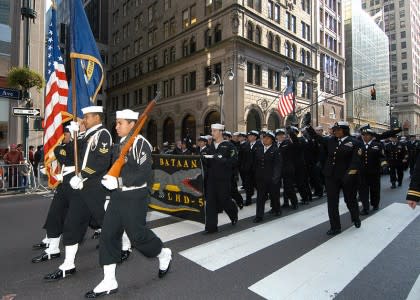The origins of the Memorial Day holiday
But many people, Memorial Day is the symbol of summer’s start, or a chance to get a good bargain on a car. What’s lost is its original meaning to more and more people.
On May 5, 1868, the organization of Union army veterans — the Grand Army of the Republic (GAR) — established Decoration Day as a time for the nation to decorate the graves of the war dead with flowers.
At Arlington National Cemetery, then-Congressman James Garfield spoke about the solemn occasion. “We do not know one promise these men made, one pledge they gave, one word they spoke; but we do know they summed up and perfected, by one supreme act, the highest virtues of men and citizens. For love of country they accepted death, and thus resolved all doubts, and made immortal their patriotism and their virtue,” he said.
The GAR said Decoration Day should be observed on May 30 each year because the timing would permit flowers to be in bloom all over the country.
Some local areas observed similar ceremonies starting in 1866. By the start of the 20th century, ceremonies were being held on May 30 around the country. And after World War I, the holiday was expanded to honor all American war fatalities.
Congress recognized Decoration Day as a federal holiday in 1938, and the name “Memorial Day” became more commonplace after World War II. But the federal government didn’t adopt that name until 1967.
The Uniform Holidays Bill of 1968 moved the holiday to the last Monday in May. Originally, Veterans Day also was in the list of government holidays slated to always be on a Monday, but it was moved back to its original day of November 11 in 1978.
The proponents of Memorial Day’s original meaning point to the fact it should always be on May 30, no matter the day of the week, as a way for more people to recall why people made the ultimate sacrifice for their nation.
For years, efforts to do so by the VFW, the American Legion, and Senator Daniel Inouye of Hawaii didn’t succeed. Inouye, who died in 2012 at the age of 88, wasn’t just a senior member of Congress. He was at Pearl Harbor on December 7, 1941, as a medical volunteer. He later enlisted in the Army and lost an arm serving his country while in Italy.
Inouye had often introduced bills to make Memorial Day a permanent holiday on May 30, most recently in January 2012. The Senate Judiciary Committee usually tabled the bill so it couldn’t reach a full debate in the Senate. Representative Colleen Hanabusa later carried on that tradition.


